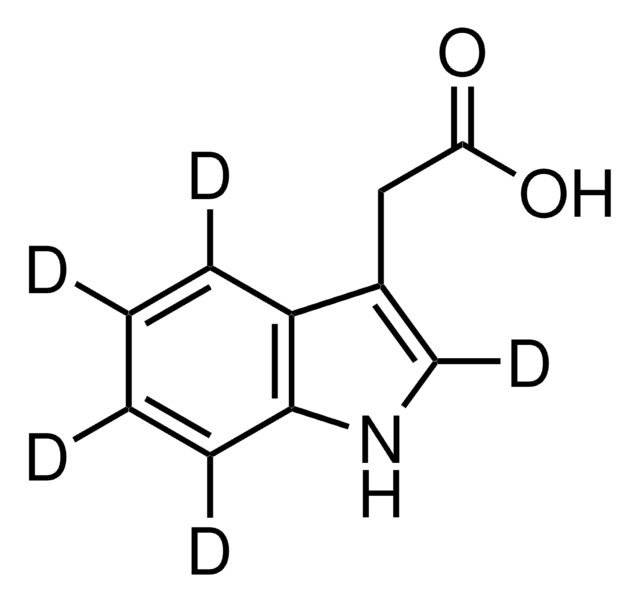W502707
Ácido succínico
FCC
Sinónimos:
Ácido butanodióico
About This Item
Productos recomendados
origen biológico
synthetic
grado
Halal
Kosher
cumplimiento norm.
FCC
FDA 21 CFR 184.1091
Ensayo
99.0-100.5% (by NaOH, titration)
Formulario
crystals
bp
235 °C (lit.)
mp
184-186 °C (lit.)
solubilidad
water: soluble 83 g/L at 25 °C
densidad
1.564 g/cm3 at 15 °C
trazas de catión
As: ≤3 ppm
Cd: ≤1 ppm
Hg: ≤1 ppm
Pb: ≤2 ppm
aplicaciones
flavors and fragrances
Documentación
see Safety & Documentation for available documents
alérgeno alimentario
no known allergens
Organoléptico
acidic; sour
cadena SMILES
OC(=O)CCC(O)=O
InChI
1S/C4H6O4/c5-3(6)1-2-4(7)8/h1-2H2,(H,5,6)(H,7,8)
Clave InChI
KDYFGRWQOYBRFD-UHFFFAOYSA-N
¿Está buscando productos similares? Visita Guía de comparación de productos
Palabra de señalización
Danger
Frases de peligro
Consejos de prudencia
Clasificaciones de peligro
Eye Dam. 1
Código de clase de almacenamiento
11 - Combustible Solids
Clase de riesgo para el agua (WGK)
WGK 1
Punto de inflamabilidad (°F)
Not applicable
Punto de inflamabilidad (°C)
Not applicable
Equipo de protección personal
dust mask type N95 (US), Eyeshields, Gloves
Elija entre una de las versiones más recientes:
¿Ya tiene este producto?
Encuentre la documentación para los productos que ha comprado recientemente en la Biblioteca de documentos.
Nuestro equipo de científicos tiene experiencia en todas las áreas de investigación: Ciencias de la vida, Ciencia de los materiales, Síntesis química, Cromatografía, Analítica y muchas otras.
Póngase en contacto con el Servicio técnico








